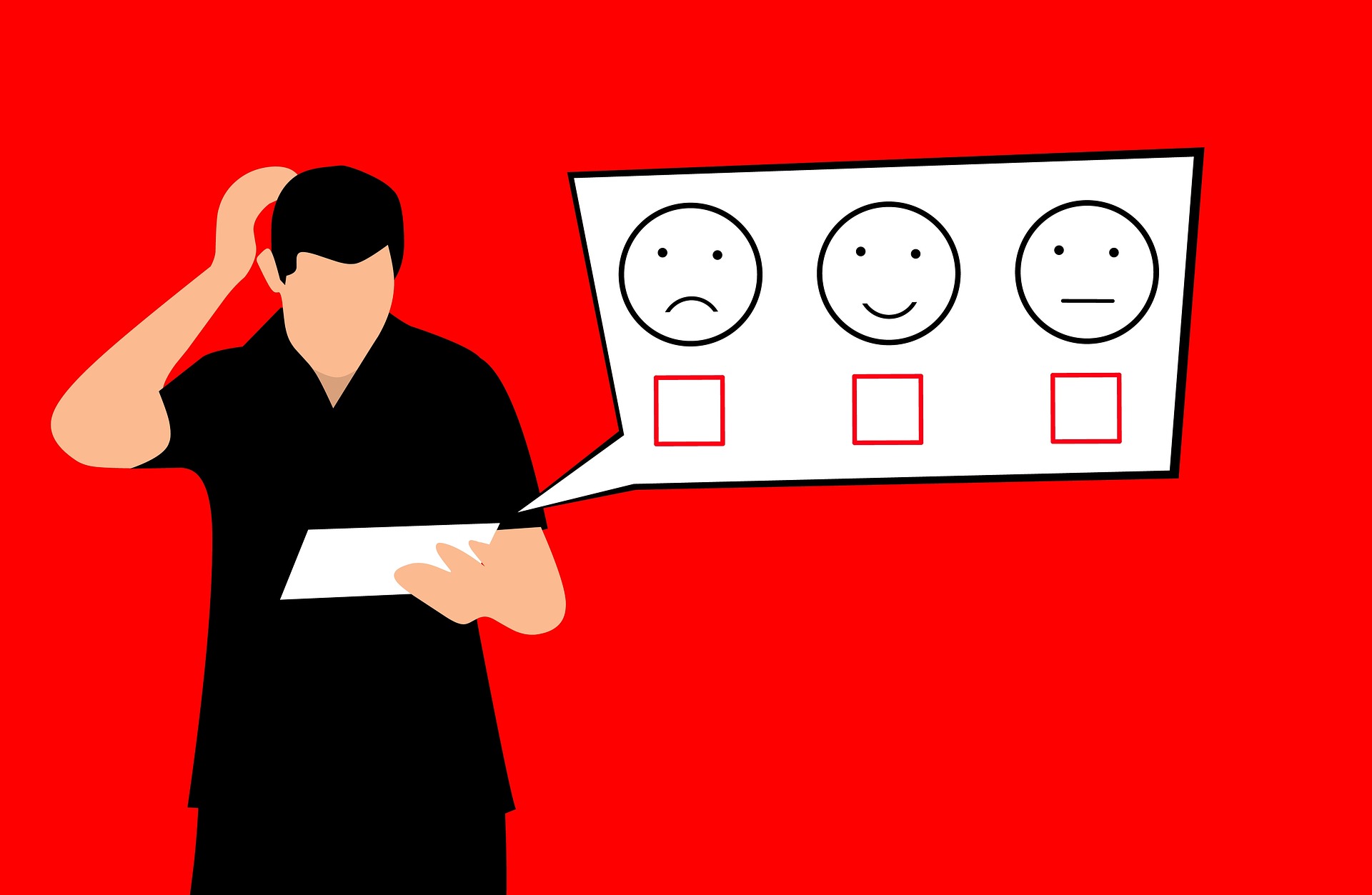Training Your Employees for Everyone’s Success
Published November 1, 2021
Being understaffed is, unfortunately, not an adage that restaurant managers are unfamiliar with. It seems that -especially in the current moment- we are perpetually on the lookout for new hires. The turnover rate in the hospitality business has always been one of the highest in the nation, hitting almost 75% in 2018, and that was before the events of the past few years added its strain to the restaurant workforce and, thus, restaurants.
It has been calculated that losing a frontline employee and then hiring and training a new one amounts to an average cost of $5,864. That’s no small number when restaurants run on razor thin margins and are looking at renewing almost 75% of their frontline workforce each year.
Previously we produced a piece discussing 7 Ideas for Attracting and Retaining Employees in a Post-COVID-19 World. Many of these ideas were “outside of the box” ideas that can help you get in front of the competition in this crucial time. But once an employee has committed to working in a location then how to train restaurant staff, as we as employee development, becomes paramount to increasing their chances of success in that location. These are also important factors in retaining staff in a location and reducing the location's turnover rate and the associated costs. So, what makes an effective employee training program?

A Checklist for New Employee Training
How to train a new employee is a problem that every manager approaches in their own way, and in a way that is suited to their venue’s operations. However, there are a few indispensable items and processes that can help new hire training in every venue, here is a new hire checklist for restaurant employees.

Employee Handbook
An employee handbook is an indispensable tool for restaurant managers as it ensures that all their employees have exactly the same information about their location, and what is expected of them whilst at work. An employee handbook is for an employee to take home, study, and, at minimum, should include:
- A venue’s history and the experience it aims to create for its guests.
- The hierarchy of the location along with all the phone numbers of the employee’s superiors.
- The venue’s culture, dress code, and the expectations of the employee.
- The rules of the restaurant e.g. no phone on the floor.
- A restaurant floor plan with table and seat numbers.
- A food menu. Featuring a breakdown of allergy suitable dishes and substitutes.
- A drinks menu. Featuring all the menu offered cocktails and a list of all the available liquors and soft drinks.
Location Orientation
Knowing where everything is: from the staff room, to the ice machine, to dry storage; is imperative for helping an employee become familiar with their new workplace. Have an employee give them a tour and reassure them that they’re not expected to remember the location of everything from just a single tour. Repeat the location orientation a second and even a third time throughout the training period for new employees to ingrain things into their mind. It should be noted that repetition is one of the best ways to train employees.
Shadowing
Have a new employee shadow an existing employee who has already mastered the position they’re there for. This will show the new employee how things are done in that location, what standards they are expected to adhere to, and the quirks of the location.
Training Mode
If the new employee is going to be using the POS system then give them the opportunity to actually use it, rather than just showing them. Providing them with training time in a POS system’s training mode will accelerate their learning, increase their confidence and help to reduce mistakes (which cost money) once they start using the system in a live environment.
Make Them Feel Welcome
Making an employee a part of the team from the outset makes them more comfortable and more likely to become a long-term employee. Introduce new hires to everyone that they’ll be working with, both front and back of the house.
Furthermore, let the employee know that you value a work life balance in your location, and that the individual’s health and success runs parallel with that of the venue. Encourage an open dialogue about any issues they encounter in the workplace and any from outside of work that may affect their performance in the workplace that they feel comfortable talking about.
Don’t Overload Them
Each location and each individual is different and, therefore, the best way to train employees is relative to the individual and the location. Knowledge is paramount to the confidence and success of an individual in any position but people can only receive so much; and, again, everyone is different. Ensure that the information given to a new hire is absorbed and fully understood. To do this some locations will require employees to pass a test related to their position in order for them to be released from the restaurant's employee training program.


Don’t Overload Them
Each location and each individual is different and, therefore, the best way to train employees is relative to the individual and the location. Knowledge is paramount to the confidence and success of an individual in any position but people can only receive so much; and, again, everyone is different. Ensure that the information given to a new hire is absorbed and fully understood. To do this some locations will require employees to pass a test related to their position in order for them to be released from the restaurant's employee training program.


Don’t Overload Them
Each location and each individual is different and, therefore, the best way to train employees is relative to the individual and the location. Knowledge is paramount to the confidence and success of an individual in any position but people can only receive so much; and, again, everyone is different. Ensure that the information given to a new hire is absorbed and fully understood. To do this some locations will require employees to pass a test related to their position in order for them to be released from the restaurant's employee training program.
Peer-to-Peer Training
One of the best practices for training new employees is to have one of their new peers lead them through everything. Each restaurant has long-term employees that it has designated to be their trainers for each position and these employees are there to help welcome the new hire, make them feel comfortable, and to fill them in on all the operational quirks of a location.
Peer-to-peer training is where the new hire gets to grips with the role they will be fulfilling in that location and all that comes with it. It also gives them someone who they will feel comfortable directing their questions to once their training period is over.



Continuous Training
One of the biggest mistakes made by managers is a one-and-done attitude toward training. It is important to continue training employees after their initial “crash course”, no matter how intense that is. This applies to long-term employees too.
Regular questions about menu items, allergies, restaurant standards, seat numbers, and other pieces of information that pertain to an employee’s job can help to refresh everyone’s memory and ensure no one is falling behind. This doesn’t need to be a grill, but rather it can be made fun and can be best conducted as a group task during pre-shift.

Feedback and Program Development
Once a new hire has completed their training and settled into their new workplace -the time period for this will vary by employee and position- a manager should sit down with them and ask them what they thought of their training, if there were any areas they saw for improvement, and if there was anything they’ve learnt since that could be added; or anything that could be removed. This feedback can further the development of a training program and make it more efficient and effective for both the employee and the establishment, helping to reduce the hiring and training costs of new employees.

Last Word
As a final note, a high quality training program goes hand-in-hand with employee retention techniques to increase every employee’s tenure. Curating and maintaining a high quality training program provides a solid springboard for a successful employee experience and creates a location full of well trained, happy employees which, in turn, will help to reduce a venue’s turnover and lead to a reduction in hiring and training costs.
© DeliverLogic, Inc. 2024